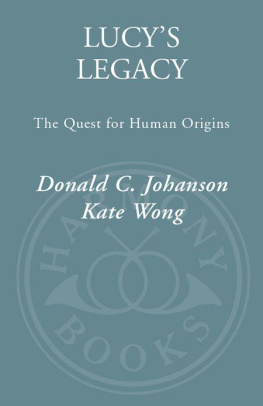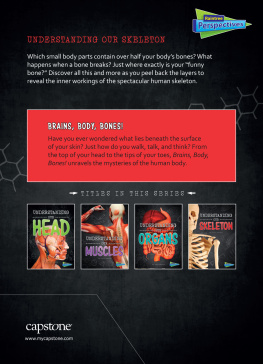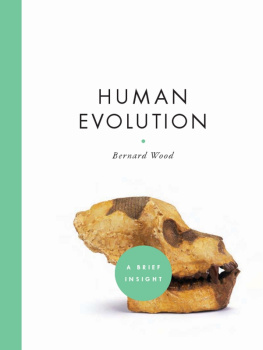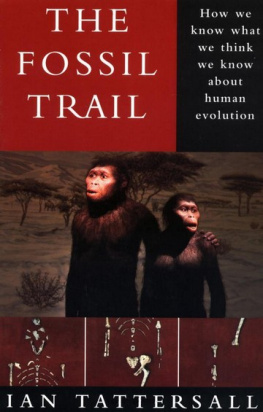Dr. Donald Johanson - Lucys Legacy: The Quest for Human Origins
Here you can read online Dr. Donald Johanson - Lucys Legacy: The Quest for Human Origins full text of the book (entire story) in english for free. Download pdf and epub, get meaning, cover and reviews about this ebook. year: 2010, publisher: Broadway Books, genre: Detective and thriller. Description of the work, (preface) as well as reviews are available. Best literature library LitArk.com created for fans of good reading and offers a wide selection of genres:
Romance novel
Science fiction
Adventure
Detective
Science
History
Home and family
Prose
Art
Politics
Computer
Non-fiction
Religion
Business
Children
Humor
Choose a favorite category and find really read worthwhile books. Enjoy immersion in the world of imagination, feel the emotions of the characters or learn something new for yourself, make an fascinating discovery.
- Book:Lucys Legacy: The Quest for Human Origins
- Author:
- Publisher:Broadway Books
- Genre:
- Year:2010
- Rating:4 / 5
- Favourites:Add to favourites
- Your mark:
Lucys Legacy: The Quest for Human Origins: summary, description and annotation
We offer to read an annotation, description, summary or preface (depends on what the author of the book "Lucys Legacy: The Quest for Human Origins" wrote himself). If you haven't found the necessary information about the book — write in the comments, we will try to find it.
In his New York Times bestseller, Lucy: The Beginnings of Humankind, renowned paleoanthropologist Donald Johanson told the incredible story of his discovery of a partial female skeleton that revolutionized the study of human origins. Lucy literally changed our understanding of our world and who we come from. Since that dramatic find in 1974, there has been heated debate andmost importantmore groundbreaking discoveries that have further transformed our understanding of when and how humans evolved.
In Lucys Legacy, Johanson takes readers on a fascinating tour of the last three decades of studythe most exciting period of paleoanthropologic investigation thus far. In that time, Johanson and his colleagues have uncovered a total of 363 specimens of Australopithecus afarensis (Lucys species, a transitional creature between apes and humans), spanning 400,000 years. As a result, we now have a unique fossil record of one branch of our family treethat family being humanitya tree that is believed to date back a staggering 7 million years.
Focusing on dramatic new fossil finds and breakthrough advances in DNA research, Johanson provides the latest answers that post-Lucy paleoanthropologists are finding to questions such as: How did Homo sapiens evolve? When and where did our species originate? What separates hominids from the apes? What was the nature of Neandertal and modern human encounters? What mysteries about human evolution remain to be solved?
Donald Johanson is a passionate guide on an extraordinary journey from the ancient landscape of Hadar, Ethiopiawhere Lucy was unearthed and where many other exciting fossil discoveries have since been madeto a seaside cave in South Africa that once sheltered early members of our own species, and many other significant sites. Thirty-five years after Lucy, Johanson continues to enthusiastically probe the origins of our species and what it means to be human.
From the Hardcover edition.
Dr. Donald Johanson: author's other books
Who wrote Lucys Legacy: The Quest for Human Origins? Find out the surname, the name of the author of the book and a list of all author's works by series.













